Clustering
Statistical Techniques in Tableau

Maarten Van den Broeck
Content Developer at DataCamp
Supervised vs. unsupervised machine learning
Supervised learning
- Apply known relationship between variables on new, unseen data
- E.g. regression, exponential smoothing
Unsupervised learning
- Looks for similar data points and detects patterns
- E.g. clustering
k-means clustering
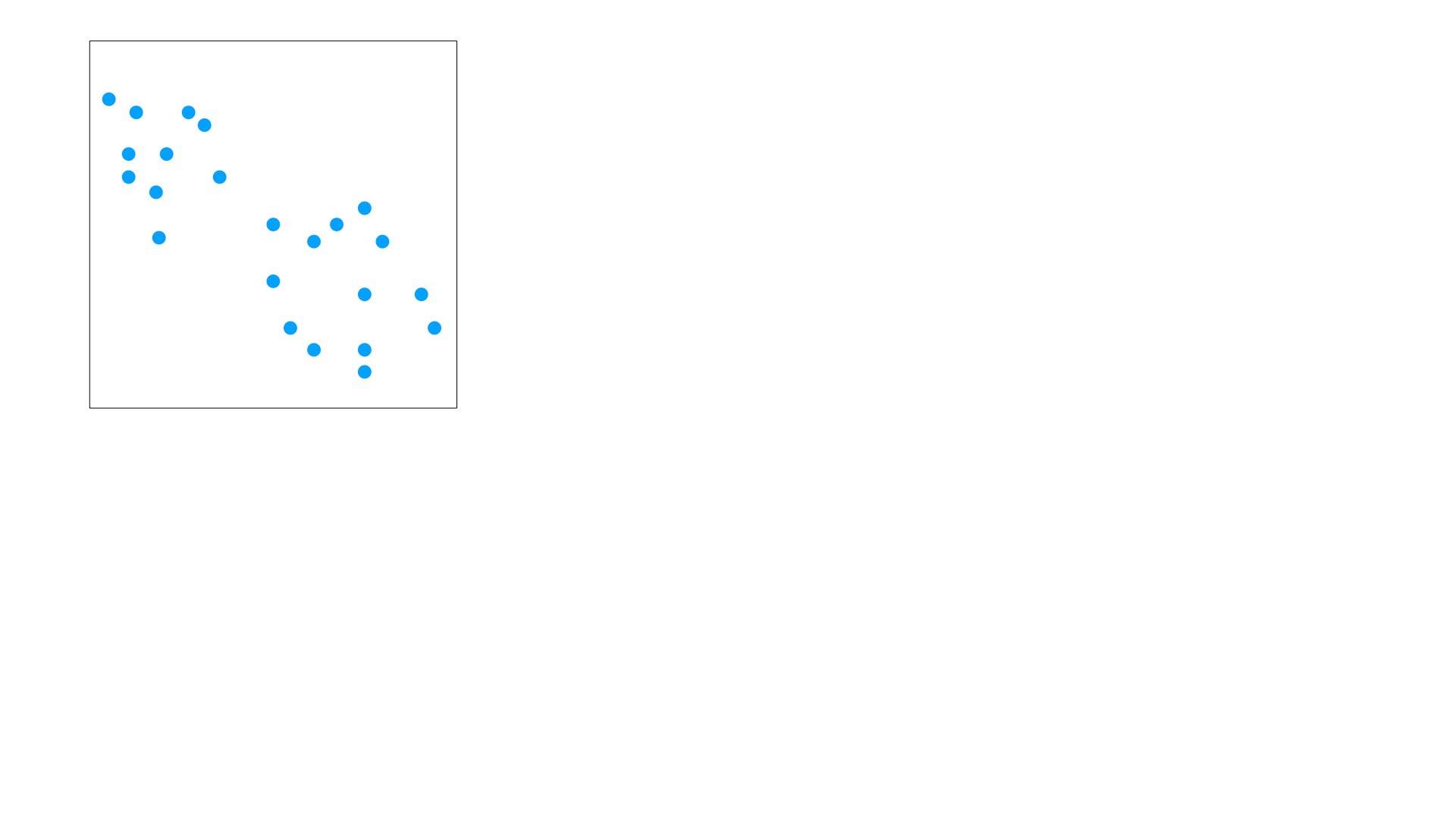
k-means clustering
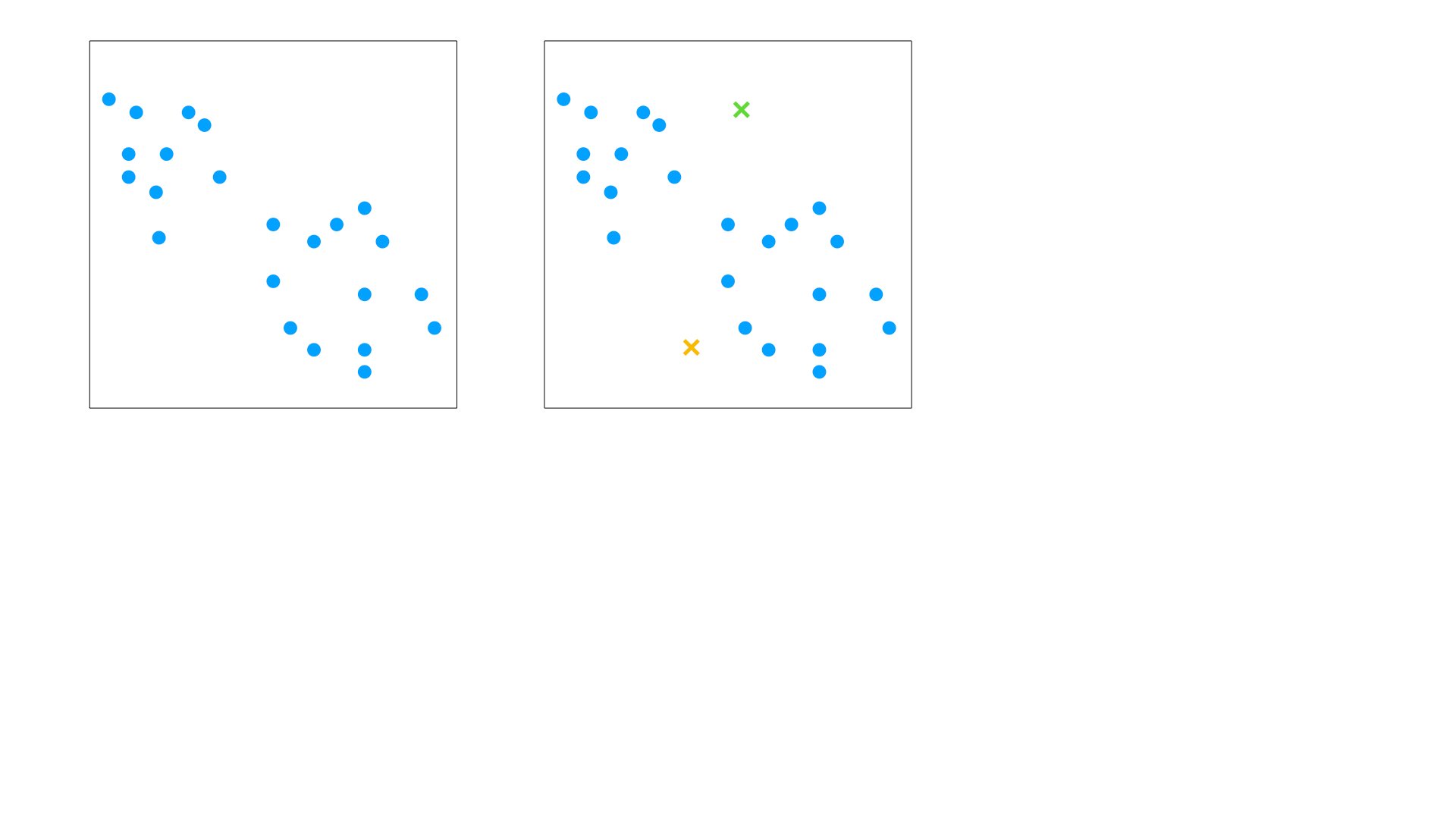
k-means clustering
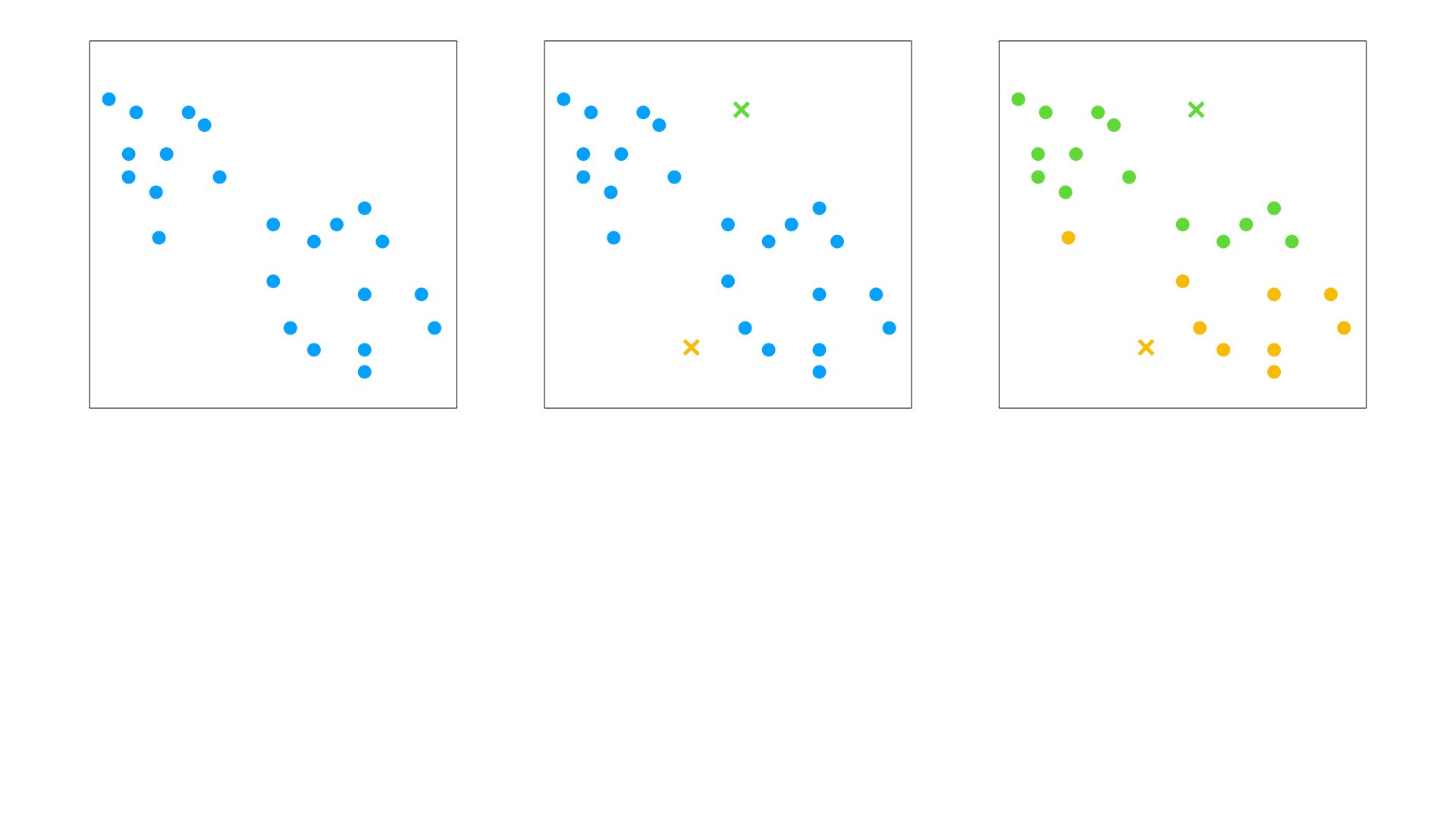
k-means clustering
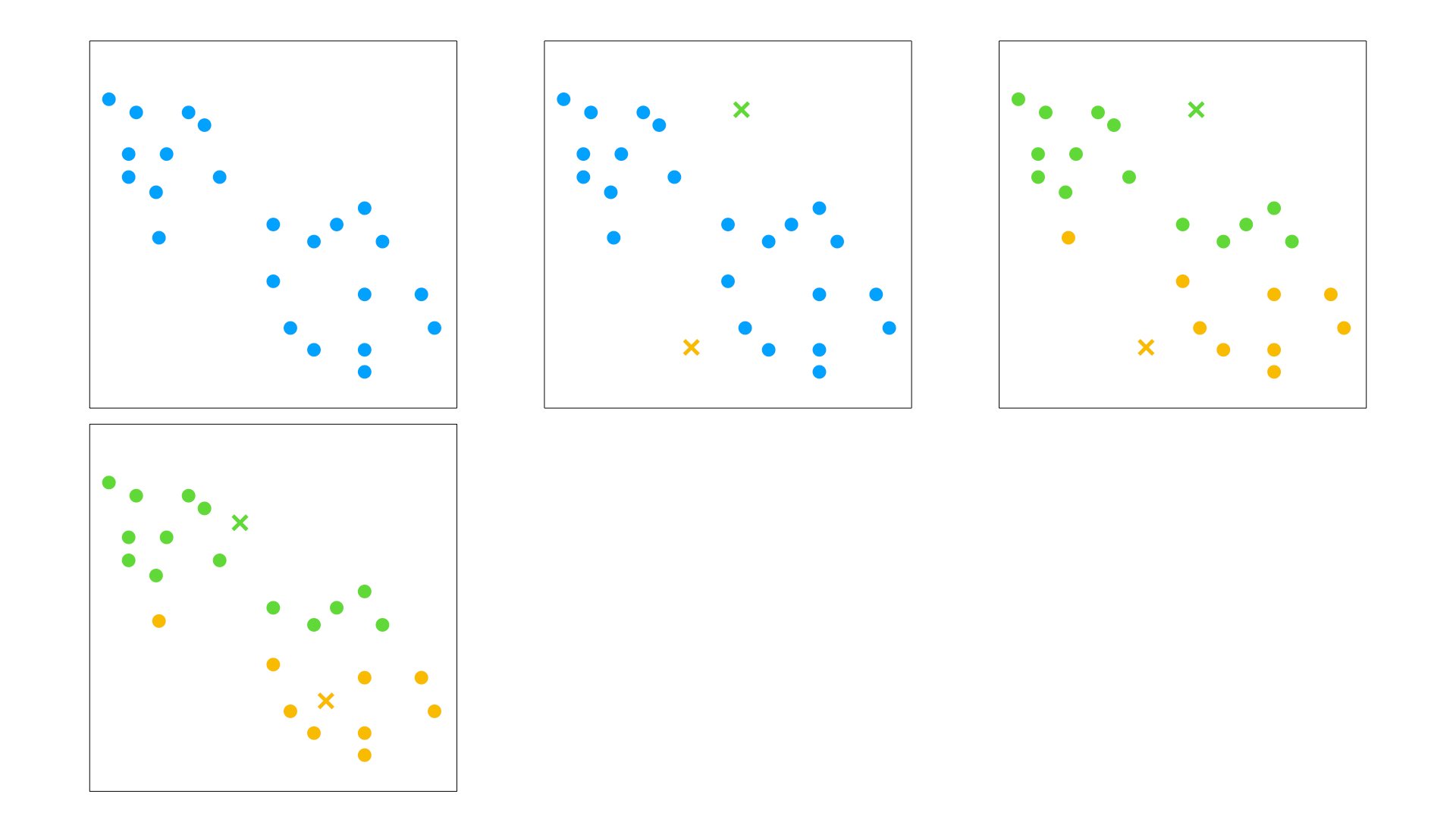
k-means clustering
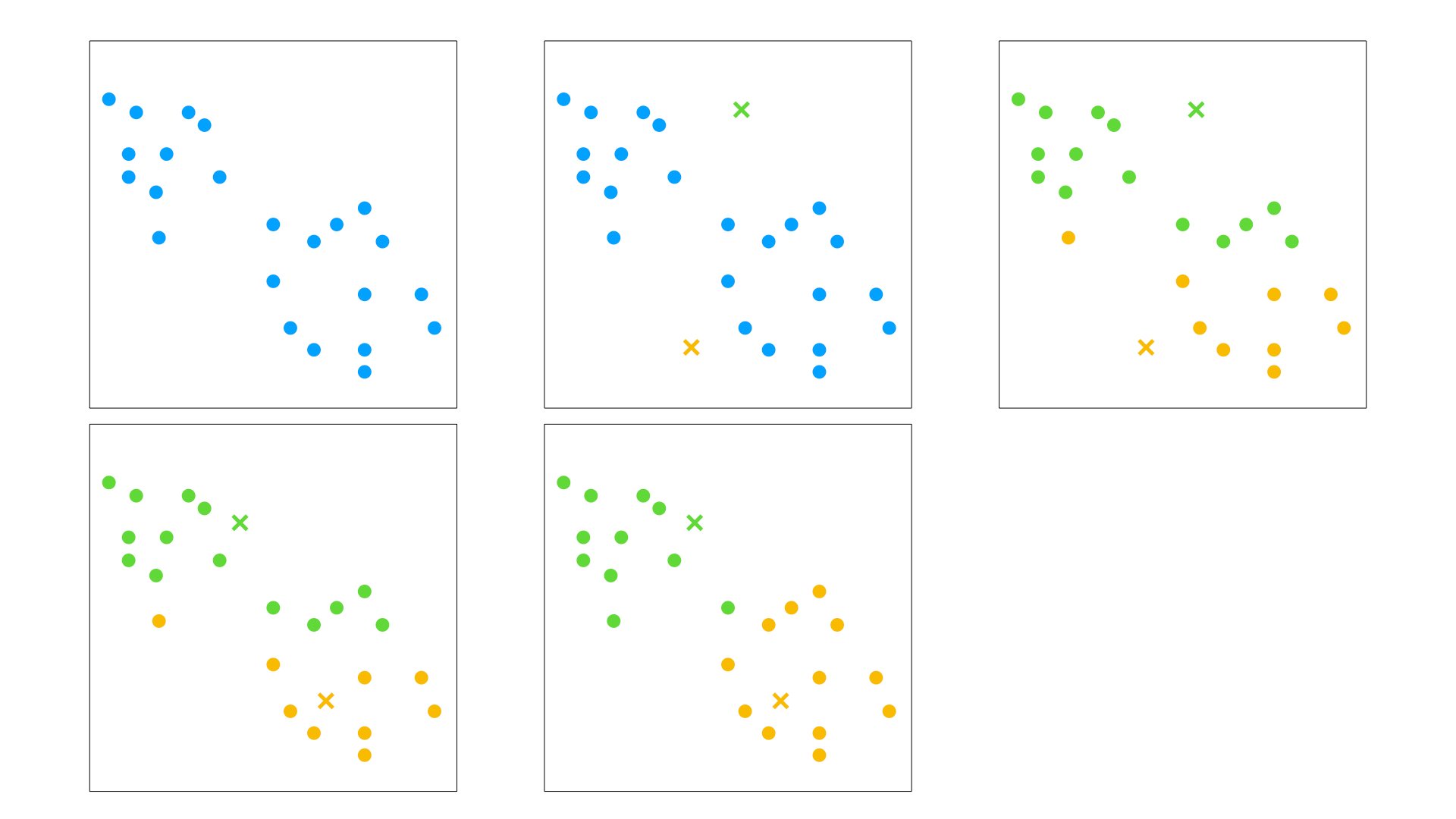
k-means clustering
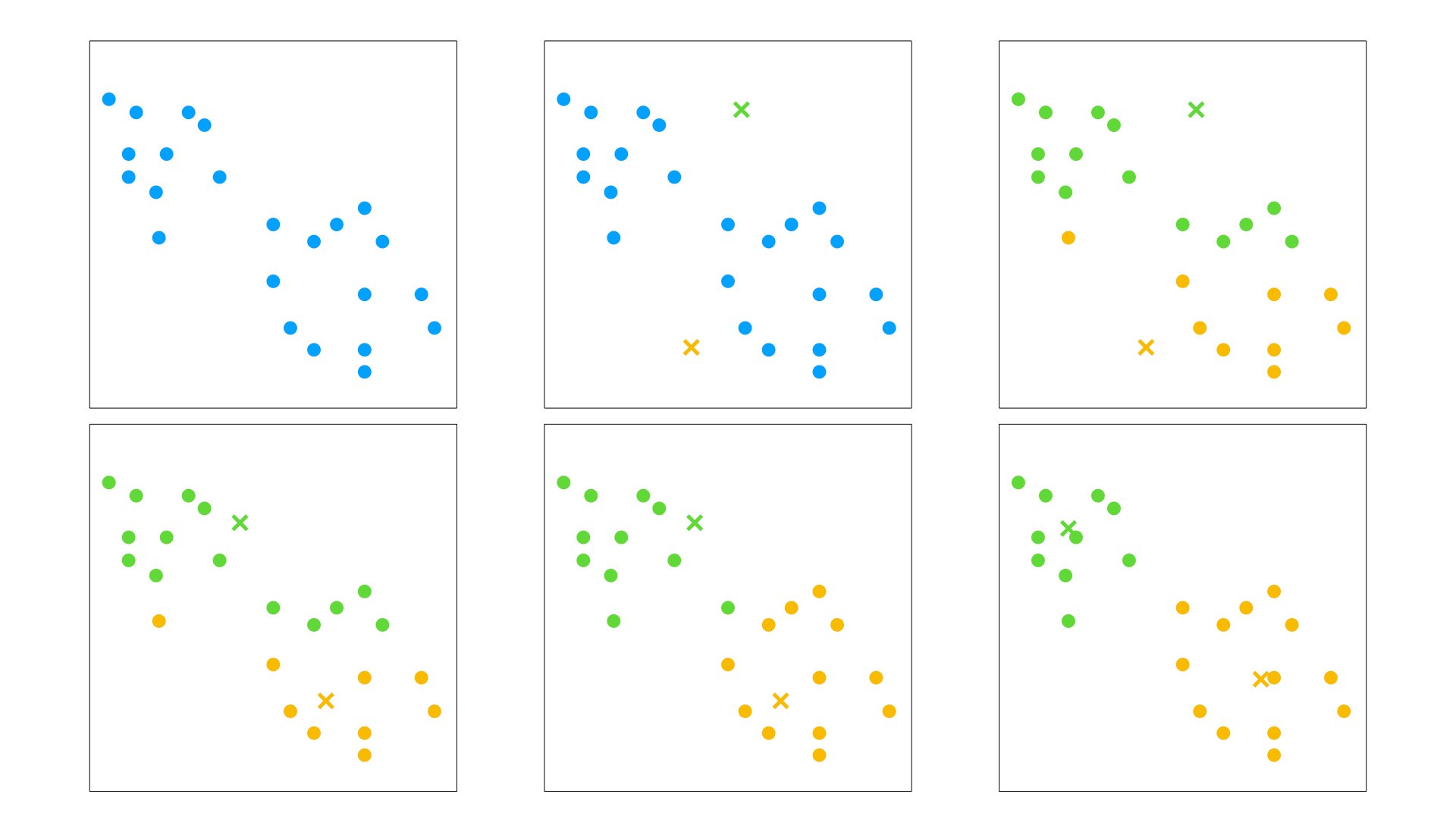
Assess clustering quality
Between-group sum of squares
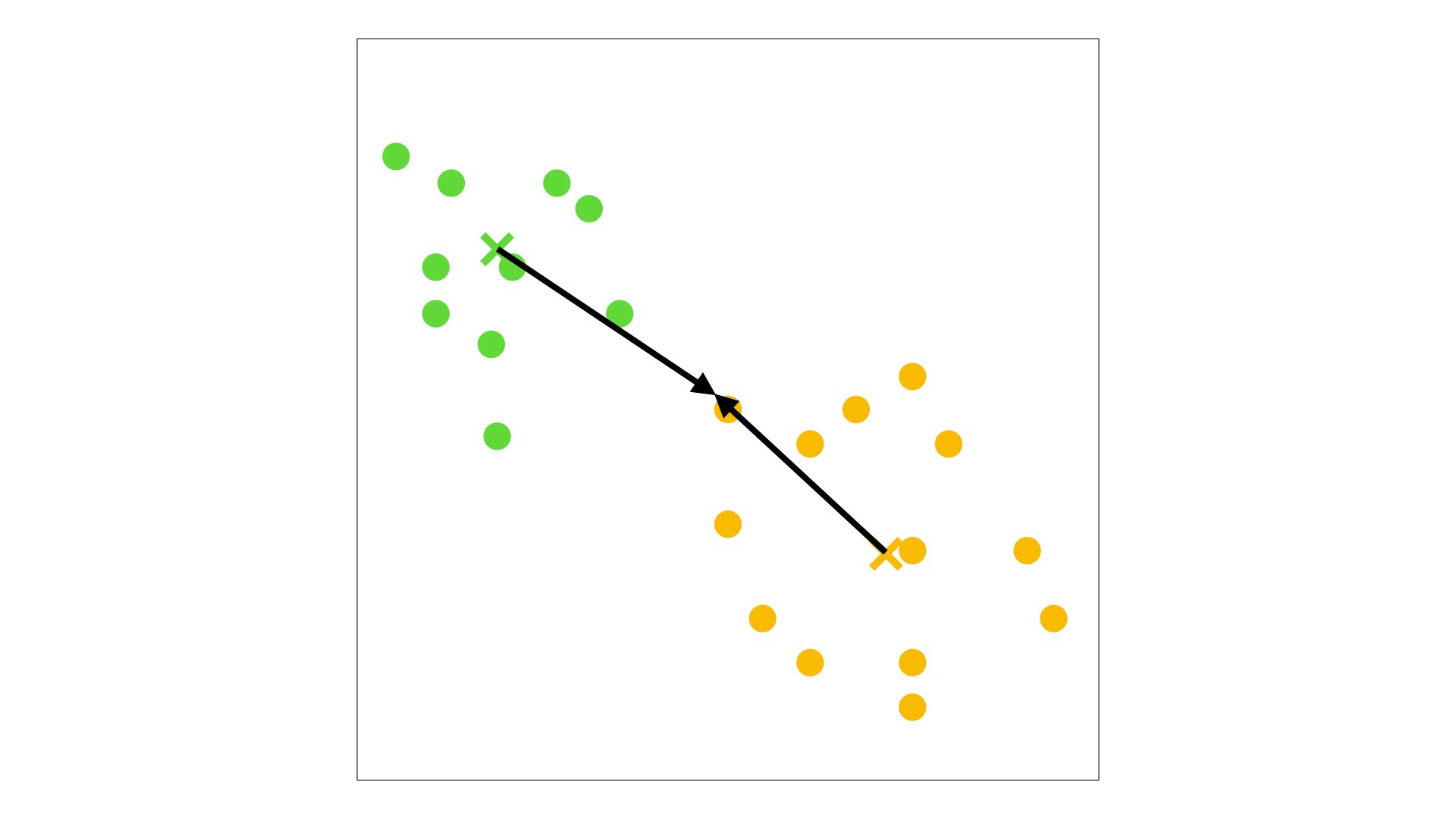
- The higher, the better
Within-group sum of squares
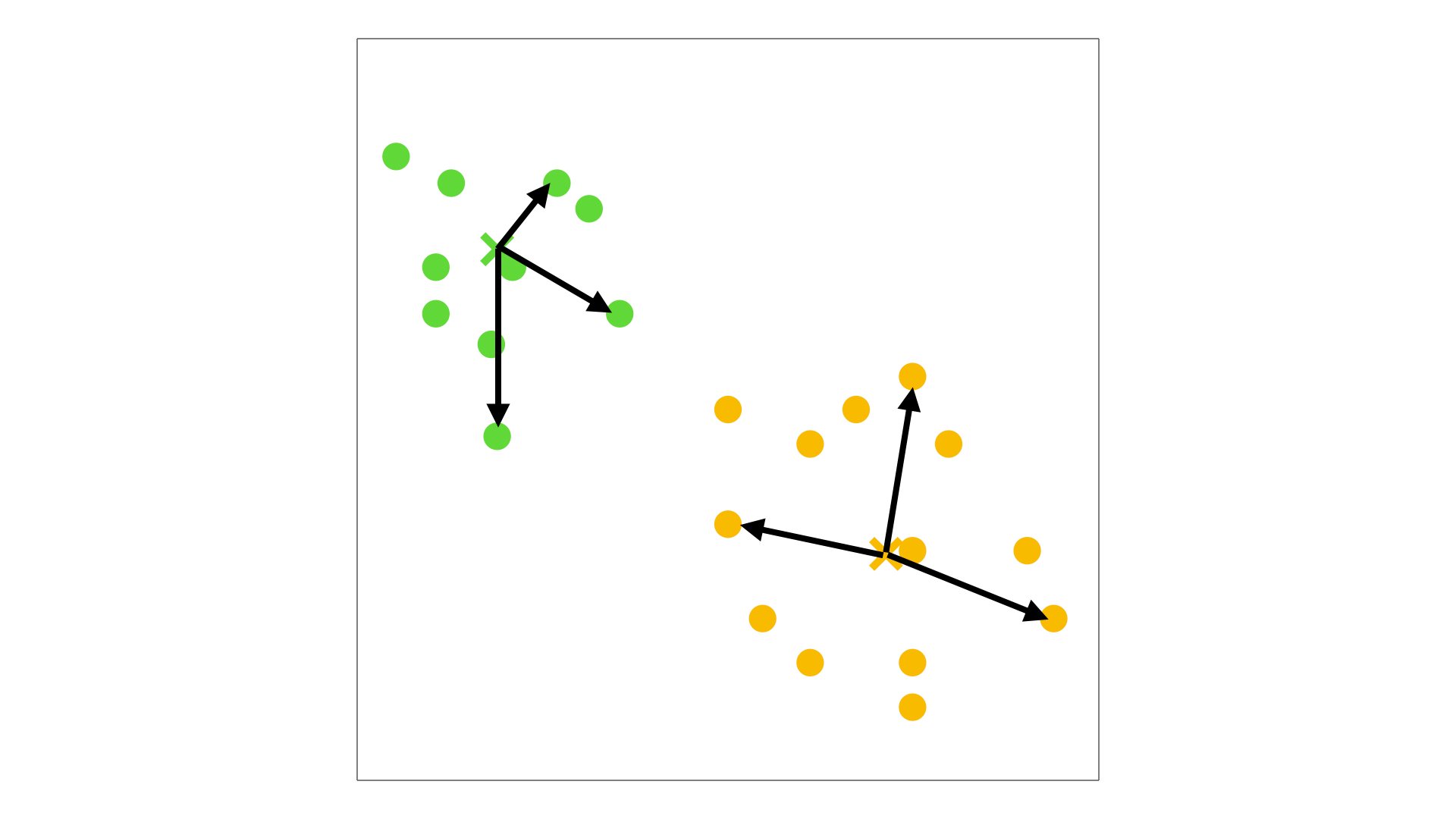
- The lower, the better
Let's practice!
Statistical Techniques in Tableau

